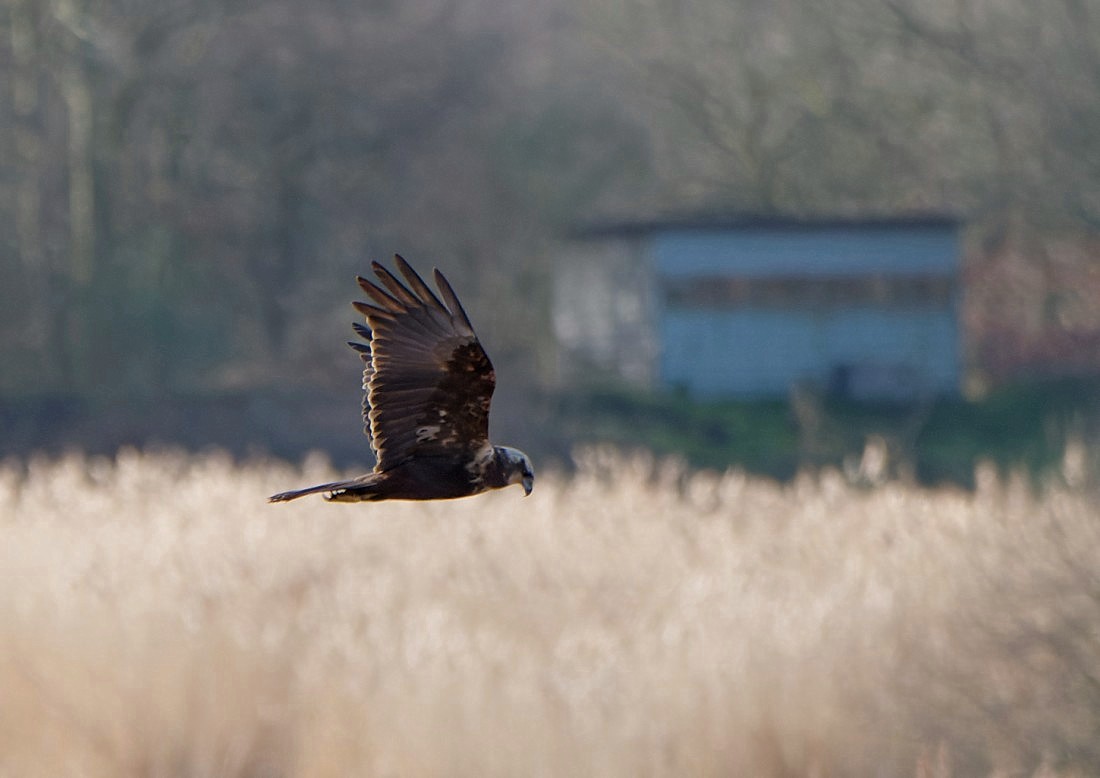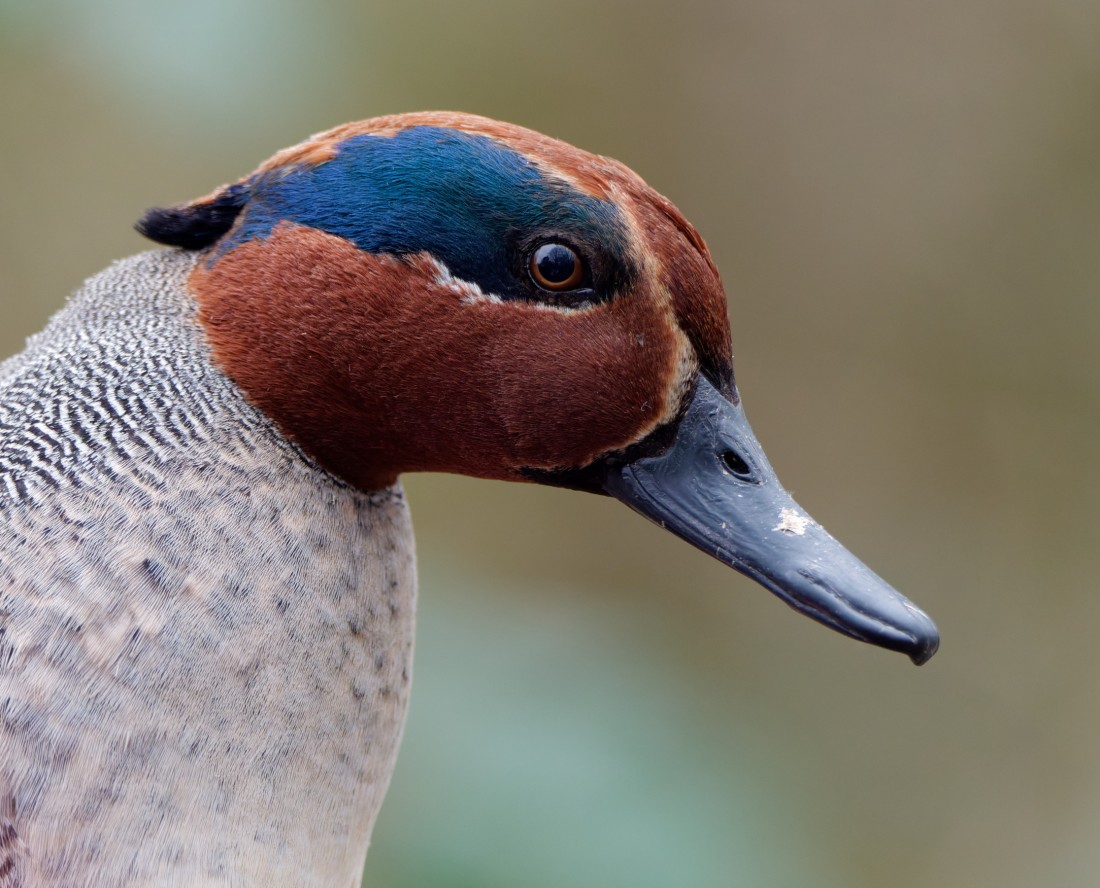Woolston Eyes Monthly Sightings
2023-02-28
After a lovely ten day break in the Cairngorms it was good to be walking on to No.3 bed, at dawn, to the sound of squabbling Black-headed Gulls - a sure sign that winter is turning into spring. 235 were out on the water, along with the summer plumaged Black-necked Grebe which arrived on the 16th of the month - a very early date. Another nice feature was the steady stream of Pied Wagtails leaving a roost in the reed-bed, with 80 eventually counted, though many more could have slipped out unnoticed. All over the bed breeding activity was evident and most of our resident passerines were in song, including 12 Cetti’s Warblers around the fringes of the water areas. Two Marsh Harriers, a male and a female, were constantly on the hunt, flushing hundreds of wildfowl and disturbing a pair of Oystercatchers which were displaying on one of the nest rafts. Further interest was added when 180 diving ducks dropped in, with 67 Pochard alongside the more numerous Tufted Ducks. Finally, two Little Egrets were reported feeding in front of the South Screen but had moved on by the time I left in early afternoon. Photo of the female Marsh Harrier Cheers David Bowman
Submitted by: David Bowman
2023-02-07
The morning started crisp and cold at with cloud cover rolling in by early afternoon. As spring creeps closer breeding activity is starting to gather pace, with Willow Tit in song and Great Crested Grebes displaying, along with the constant background song of Robins and Song Thushes. A frost and clear skies at dawn in winter is usually a formula for triggering a bit of movement and such was the case, with small numbers of Siskins and Lesser Redpolls dropping in, 30 Pink-footed Geese and Raven passing over and the highlight, a Great White Egret, which circled and tried to land before being seen off by a Grey Heron. Great White Egrets are becoming more common coastally but remain a scarce but annual visitor to the Reserve, so good to see. To add variety, Dan Owen was operating the No.3 bed duck trap and managed to catch and ring 8 Teal, making 31 since Saturday by the ringing team. Woolston is one of the prime sites in the UK for ringing Teal, with approaching 600 ringed in recent years, thus contributing to our knowledge of the changing patterns of migration and survival of this attractive small duck. Interestingly, one of the Teal previously ringed on No.3 bed was later recovered near Moscow. Photo of a drake Teal Cheers David Bowman
Submitted by: David Bowman
2023-02-04
It had the feel of approaching spring on No.3 bed this morning, with plenty of birds in song, including Mistle Thrush, Song Thrushes and at least four Cetti’s Warblers. Wildfowl, too were pairing up and displaying, though the raucous mass arrival of Black-headed Gulls at the breeding colony is still at least a couple of weeks away. Out on the water, two Pintail were nice to find among the masses of commoner wildfowl, all of which were on edge due to the presence of two Marsh Harriers, a 3rd calendar-year male and a well-marked female. Earlier in the week, up to four hunting harriers were present, which has led to the break up of the flock of 2,000 Teal on No.4 bed, with just a few hundred being stirred up by the harriers this morning. With the raised water levels on the No.4 bed wetland making access difficult, we’ve not been able to count the numbers of Snipe and Jack Snipe present, so a lone Jack Snipe was also note-worthy. The link is to a short video showing both Marsh Harriers plus some of the commoner birds.. https://youtu.be/bk7hbdZPdmU Cheers David Bowman (with Dan Owen, Helen Wynn, Brian Baird and Sue Haddock
Submitted by: David Bowman
2023-02-01
A blustery day with sunny spells and a few light showers for my walk round the whole reserve. Plenty of wildfowl on offer although the huge numbers of Tufted Duck seen last week had reduced to more normal levels with a total of 288. Other counts of interest were 129 Mallard, 157 Coot, 107 Gadwall and 71 Shoveler. Geese were present on good numbers with 122 Canada and 62 Greylag. Three Pintail, 3 Wigeon and 14 Lapwing were in front of the John Morgan Hide where a Marsh Harrier put in a brief appearance. A further 120 Lapwing were on the East Cell of the No.4 wetland which is filling up nicely after the recent rains. The path to the viewing platform is now passable with care although there are still some areas of deep water to be avoided. Two small groups of Lesser Redpoll were on Butchersfield and No.1 bed with 16 in total.
Submitted by: Dave Hackett


